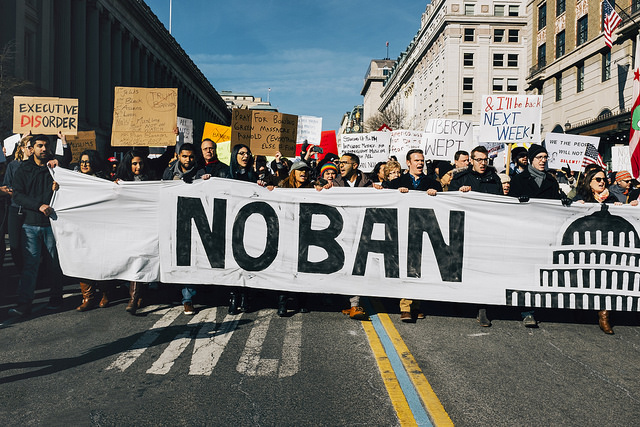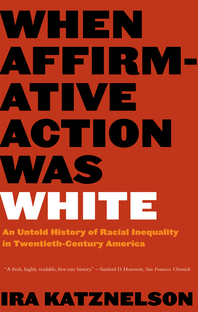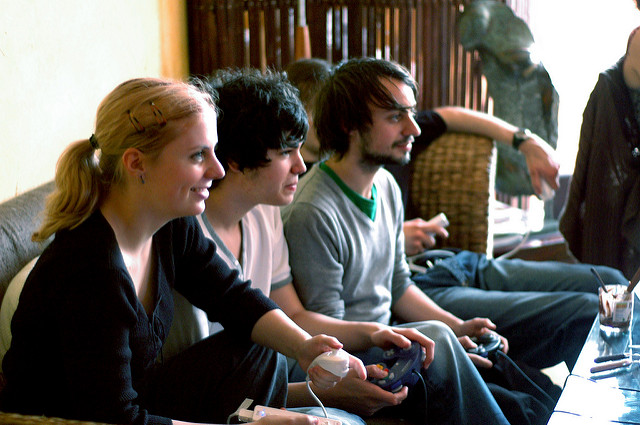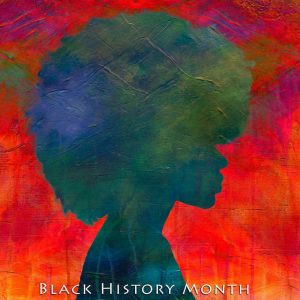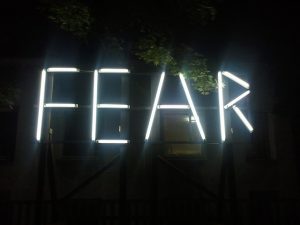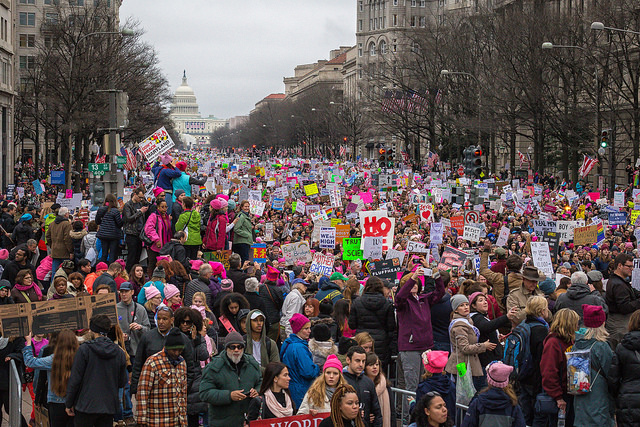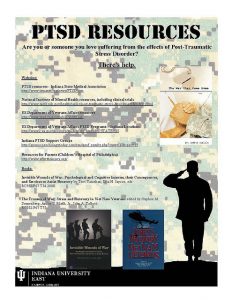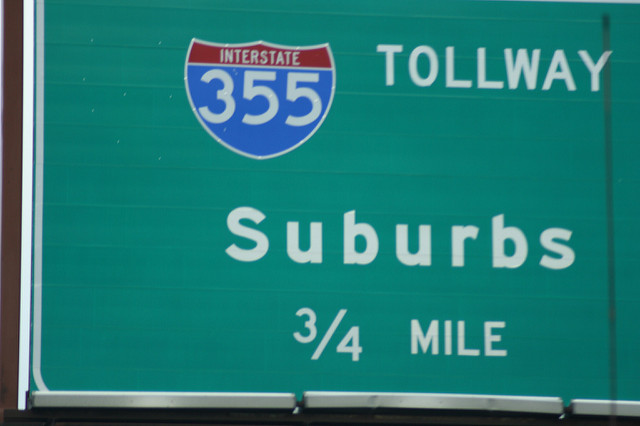
Students hoping to head off to exclusive colleges may do so for a wide variety of reasons, be it a personal challenge, the impressive academic reputation of the university, or a hope to make more money down the road. However, a new study discussed in New York Magazine shows that this potential financial payoff is not equally shared.
The study, which was conducted by Dirk Witteveen and Paul Attewell, reveals that there is an increase in pay for those who attend higher tiered universities, but that women from these elite universities make about 16% less than their male counterparts. The study notes a variety of factors that might contribute to this trend, including different college major choices, but the authors emphasize that “full-time working women graduates earn a lot less than their male counterparts from equivalent colleges.”
The New York Magazine article also references sociologist Lauren Rivera, who came to similar conclusions in her own study. Rivera explains:
“The people doing the hiring at fancy firms (read: old, privileged white guys) assume that accomplished women are really after a husband and some kids, meaning they’re not down to scrape out long hours, meaning they get passed over for a dude whose background better reflects theirs. Privilege is invisible, and it replicates itself.”
The political debate over closing the gender wage gap is far from over; just this week, a Utah Republican argued against equal pay for equal work, reasoning that it prevented mothers from remaining in the home. Though his comments led to widespread outcry and his eventual resignation, this moment is just one of many that shows how both implicit and explicit sexism still play a role in the workforce.

